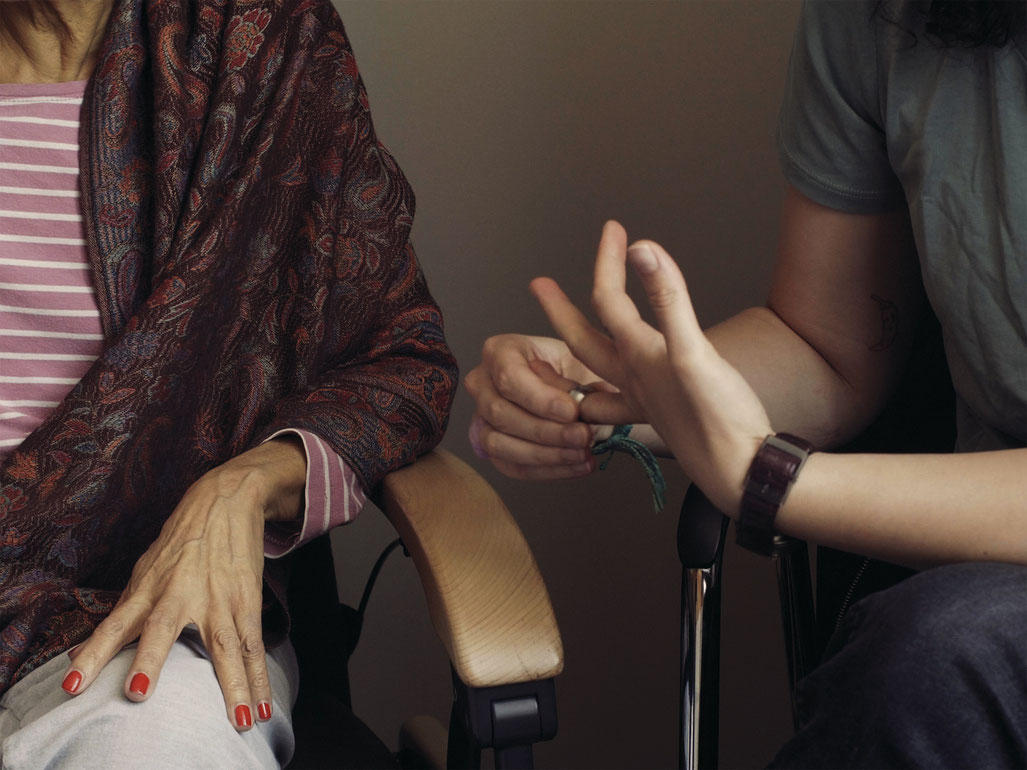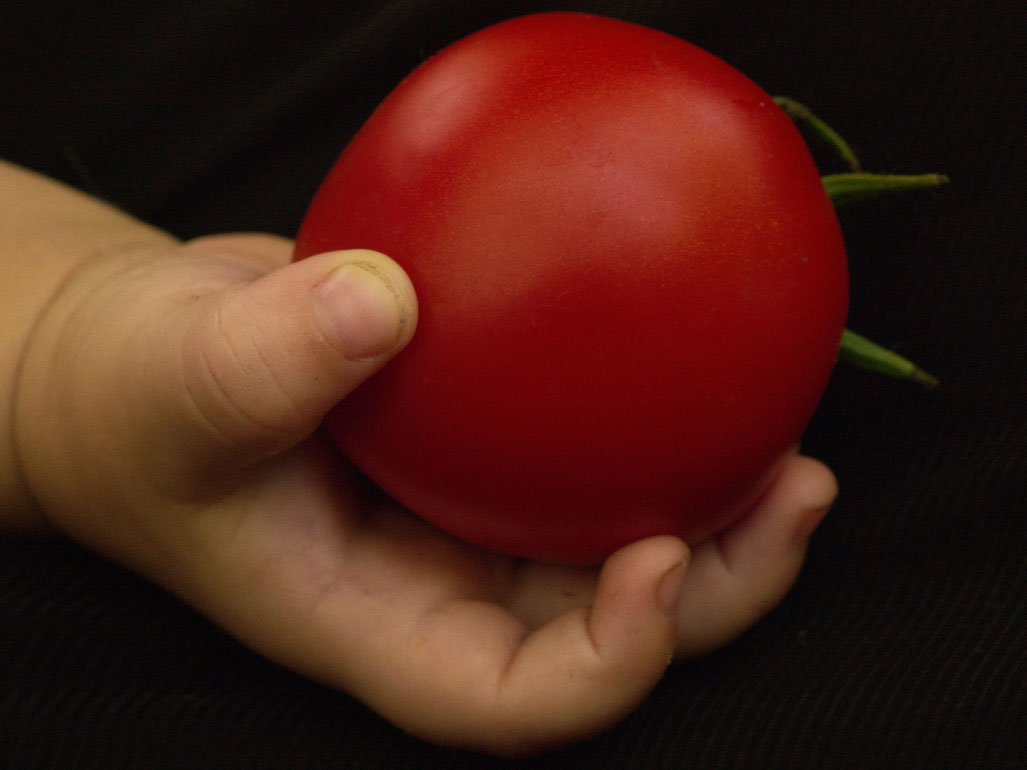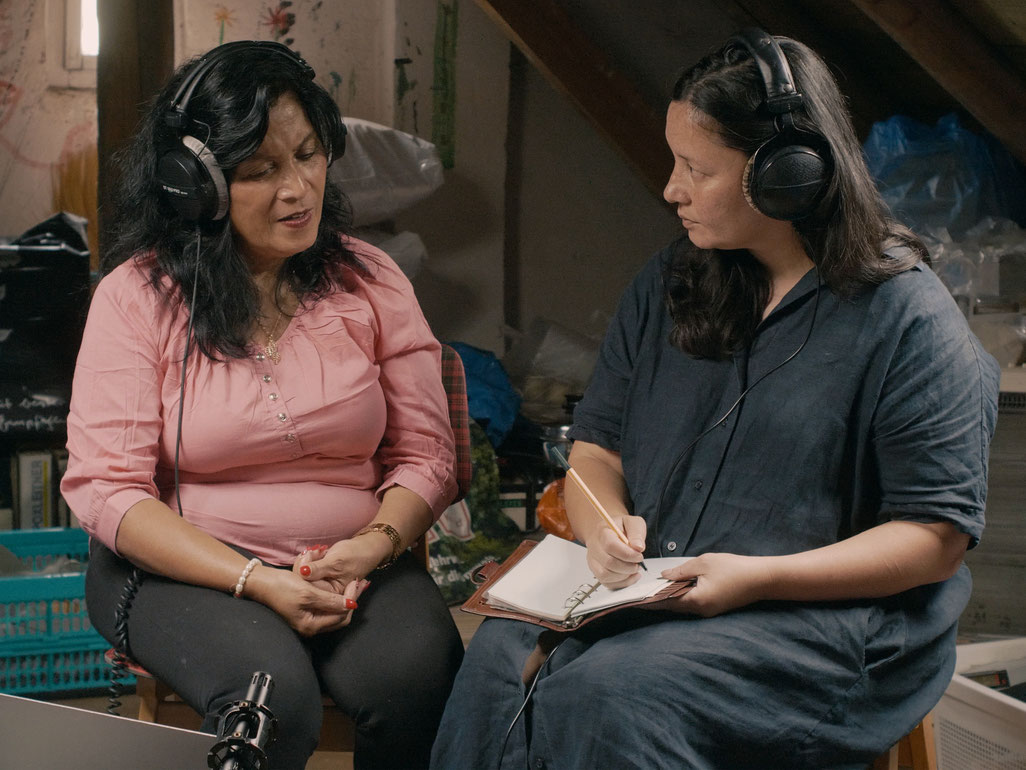Saying Not Said
Saying Not Said begins with a subtle, interpersonal touch: mother and daughter holding hands while the filmmaker makes final sound preparations in the blurred foreground. It’s a subtle gesture of affection and connection that is not specifically focused on by the camera or brought into the frame.
In her short film, Christina Stuhlberger deals with the intergenerational transmission of language. The film revolves around two mother-daughter relationships, with the focus on the telling, listening to, and translating of childhood and youth memories of the two mothers who emigrated to Europe from the Philippines at a young age. Stuhlberger – who herself, as one of the daughters, is part of the filmic arrangement – is particularly interested in those conceptions of speech and voice that, in contrast to a logocentric model which interprets voice only in connection with language as a meaningful sound, draws our attention to the aspects of the (human) voice as material and noise. Treating voice as noise carries with it a physical – a touching – moment that can be felt by the listener in a certain way.
When the philosopher Emmanuel Lévinas, with his notions of the Saying and the Said, distinguishes a dialogic dimension of speaking [saying] from a semantic level of meanings [what is said], he draws attention to precisely this aspect of relating and being together, which informs every speech act and which Stuhlberger also pursues in her film work. It is not the intention to understand the (correct) meaning of the word that is important in this context, but rather the interpersonal space, the encounter with the other, and the effort to turn to the other and listen. (Caroline Schöbi)
Translation: John Wojtowicz
Saying Not Said
2024
Belgium, Austria
18 min
Artist Film, Documentary
Cebuano, German, Mandinka
English, German



